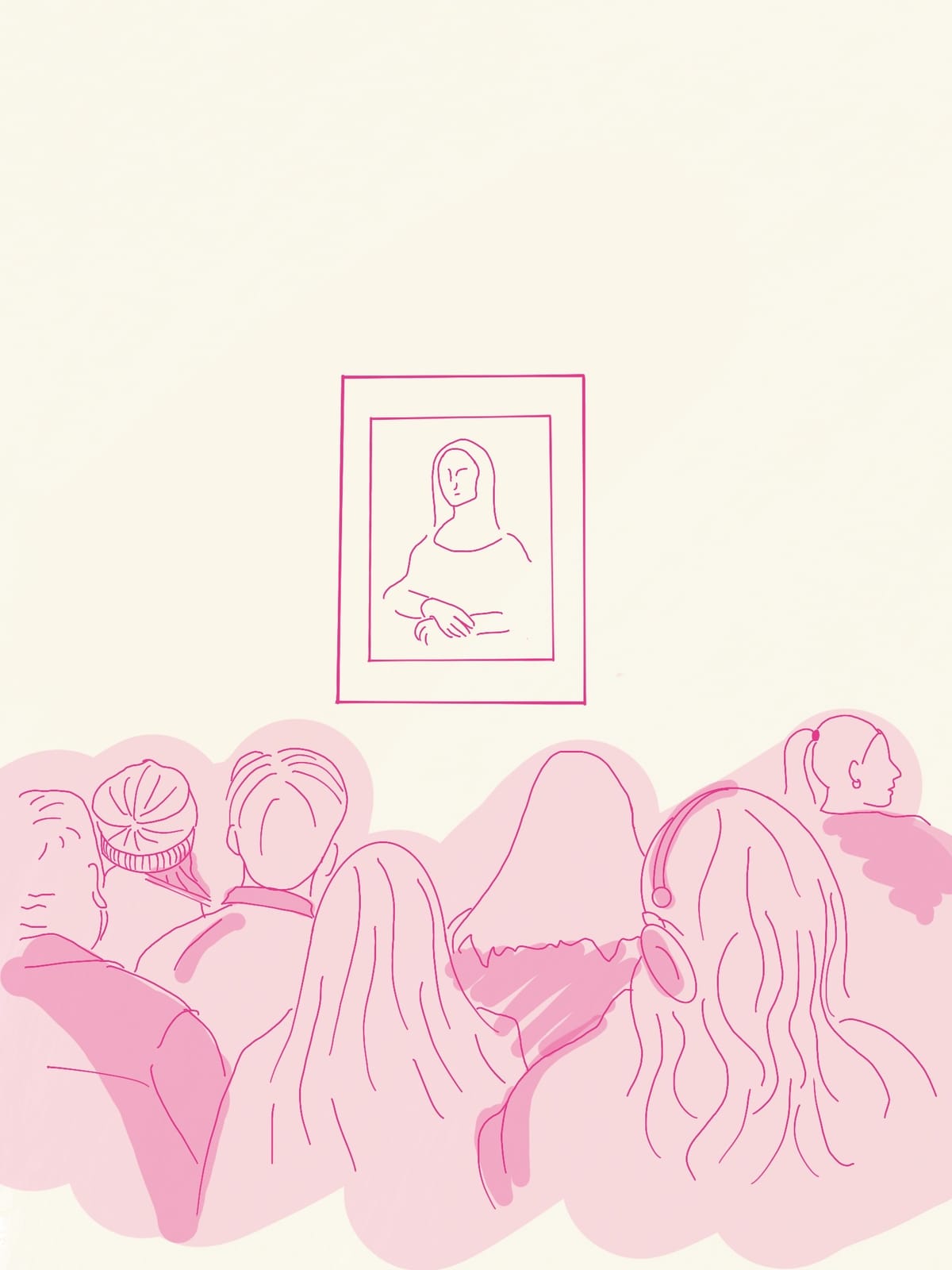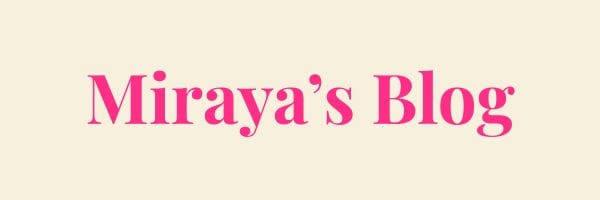The Meaning Supply Chain: From Artist to Audience

Somewhere between Taylor Swift's breakup and your playlist, something strange happens. A song stops belonging to the person who wrote it, and starts belonging to everyone who's ever cried in an Uber at 1 a.m.
The invisible journey of its meaning from the artist's head to yours can be compared to our usual supply chain. It's a long, messy route that meaning takes as it travels from the creator to the consumer, passing through imagination, context, fandom, and a thousand misinterpretations on Reddit.
The Factory of Feelings
Every work of art starts in the tiny, private factory of an artist's brain.
Someone has a thought too heavy to carry and turns it into something shareable. That could be a novel, a painting, a film, or a song.
When Mary Shelley wrote Frankenstein, she wasn't thinking, “This will one day become one of the most popular Halloween costumes!” When Van Gogh painted Starry Night, he wasn't planning on it being printed on tote bags. When Mitski writes about loneliness, she's not creating a “sad-girl-core” aesthetic. She’s just trying to survive a feeling.
The artist's intent is the blueprint, the emotional DNA. But once it leaves the factory floor, it doesn't stay pure for long.
Shipping and Handling
Now the art leaves the artist's hands and enters the wild. It's in bookstores, galleries, Spotify playlists, and social media edits. This is where the first great translation error happens.
You, the audience, open the box. But you don't have the artist's mental user manual. You have your own.
So you read The Catcher in the Rye and think it's about depression. Your friend reads it and thinks it's about rebellion. Your English teacher insists it's about the death of innocence and the corruption of society. Meanwhile, J.D. Salinger is somewhere in literary heaven whispering, "It was about all of that and also just a lonely guy having a breakdown, chill."
Every reader runs the story through their own factory, their experiences, mood, age, and cultural background. That's why rereading a book years later feels like it changed, when really you did.
Meaning isn't static cargo. It's a liquid that takes the shape of whoever's holding it.
Audience as the Distributor
It used to be simple. Shakespeare wrote a play, audiences watched, critics clapped or groaned, and everyone went home.
But in the modern world, the audience doesn't just consume art; they redistribute it. Remix it. Rewrite it. Meme it.
Fanfiction is the purest proof that meaning doesn't stop at the creator's door.
Millions of readers take existing characters and spin whole universes out of them. Draco Malfoy with Hermione Granger, Sherlock Holmes with John Watson. It's chaos. Beautiful, passionate chaos.
What fanfiction really says is: "Thank you for the ingredients. I'll be cooking my own meal now."
The audience starts noticing threads, building theories, and assigning meaning that wasn't explicitly written.
In other words, fans are no longer the end of the supply chain; they're part of the production team.
It goes beyond, with new works stemming from old ones, which further become revered.
Twilight, a melodramatic vampire romance, spawned the Fifty Shades trilogy, which then became its own billion-dollar amassing ecosystem. Rick Riordan's bestseller, Daughter of the Deep's plot is based on Jules Verne's Twenty Thousand Leagues Under the Sea.
The audience doesn't just interpret meaning anymore; they generate new meaning. They expand the world, remix the canon, and sometimes correct it.
Think about the wave of reinterpretations that have rebalanced stories: Wicked turned the Wicked Witch into a misunderstood heroine. Cruella made a dog-killer into a feminist fashion icon. Each retelling tweaks the moral compass a little, and it's often driven by audience demand for more nuance, more representation, more voice.
Meaning isn't top-down anymore. It's crowdsourced.
The Feedback Loop
Once art leaves the artist, it doesn't vanish into the void. It loops back.
Creators now hear from audiences instantly. Sometimes it's sweet validation. Sometimes it's a 17-page comment thread about why the metaphor in Chapter 8 was “emotionally inconsistent.”
But the feedback loop can also reshape future work.
Musicians drop easter eggs because they know fans will find them. Directors design cinematic universes because audiences want lore.
The Open-Source Era
Art used to be like a sermon: one voice speaking to many listeners.
Now it's a group chat. Everyone has a take. Everyone's remixing. Everyone's co-authoring.
This is the open-source era of art. Anyone can fork the code, rewrite the story, and call it canon in their corner of the internet.
Meaning doesn't trickle down anymore; it spreads sideways.
So Who Owns Meaning?
If the artist creates and the audience re-creates, who's really in charge?
Perhaps it's co-owned. A joint venture. The artist provides the blueprint, the audience provides the electricity. Without one, the circuit doesn't light up.
Meaning doesn't live in the song, or the book, or the movie. It lives between people, in that electric space where creation meets interpretation.
Art is an energy transfer. A spark that jumps minds.
That's why every great story has infinite lives. Because once it leaves the artist's hands, it stops being a message and becomes a conversation.
A novel written in isolation becomes real only when someone reads it. A song isn't a song until someone hums along.
